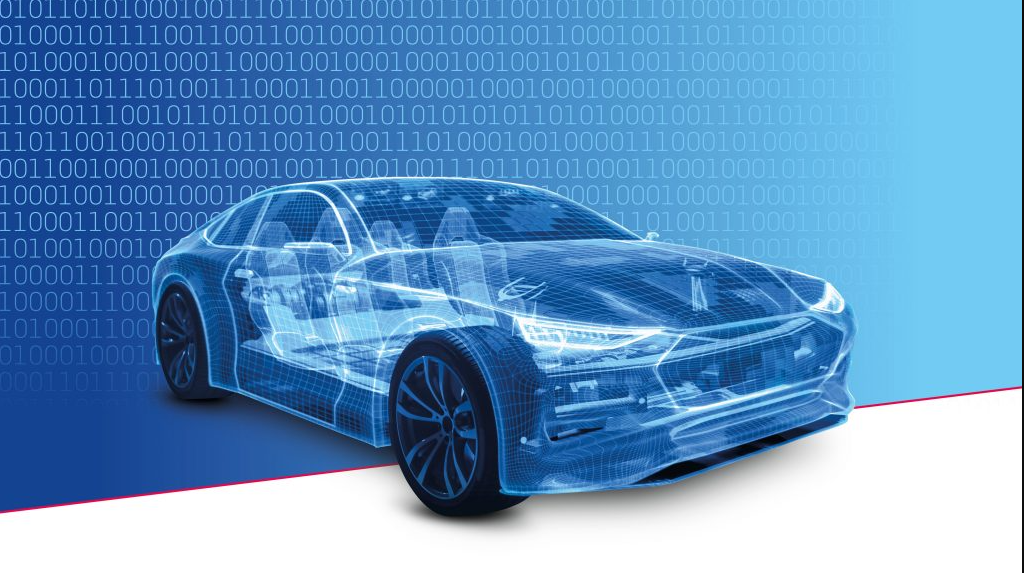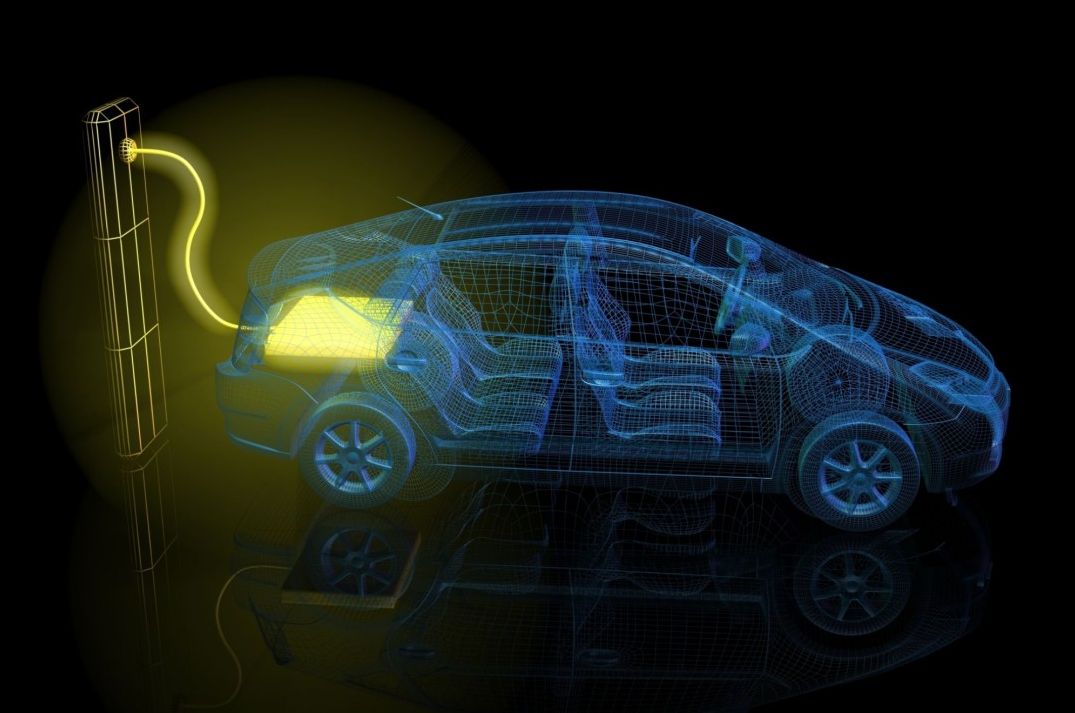The Future of Electric Vehicles: Trends and Innovations to Watch
Overall, this article intends to discuss factors that will shape future transportation.
In the megatrend of continued global climate change, combined with the robbing of resources for fossil fuels, sustainable transport is taking on an increasingly important position. Electric vehicles were the province of only a few, but today they stand on the brink of moving into reality for the masses. That has been made possible by technological advances, legislative support and changing consumer preferences.
Battery Advances Today the battery is an integral part of the electric vehicle and its quality greatly affects performance. Great developments in battery technology have marked the past 10 years, resulting in an entirely novel EV market. New-generation, top-of-the-range lithium batteries are much higher capacity and longer lasting than former models; they also recharge faster. Staff at present are developing solid-state batteries which promise a further leap forward in energy storage per unit volume but also in safety and recharging time compared with what is available today. These advances could mean that electric cars would be able to travel even farther before needing recharging, attracting more users.
“An essential part of facilities for electric vehicles to be widely accepted is the construction or establishment of substantial and convenient charging networks.
In recent years, governments, enterprises and research institutions are gobbling up funds to build such infrastructures throughout the world. For the city, quick-charge stations (or ‘fast charge’) are installed, allowing you to quickly and conveniently charge the battery on your way to work in the morning or over some weekend with friends. The next step in addition to wired charging technology is wireless. This means, you could park your car on top of a charging pad without any ‘plugging in’ and it would charge automatically.
Integrating Renewable Energy Sources
Using renewable energy sources solar power, wind or even hydropower for that matter- will generally opt for an optimum environmental outcome. Integrating renewable energy into power supply systems for electric vehicles is a new and interesting phenomenon. For example, the combination of electric vehicles that can produce their own electricity and even home energy storage systems fitted with solar panels all at once means solar can be used any time energy is needed. The joint use of electric vehicles together with renewable energy sources does not only significantly decrease greenhouse gas emissions; it also creates a whole new breed of industry as well.
Autonomous Driving Technology
Technology has given rise to a New Future for transportation, electric cars were the first to get in on it. Many industrial and major EV manufacturers make investments in independent driving functions. Independent EVs are capable of better road safety, lower traffic congestion levels and reverse the flow of energy costs. Because independent vehicles can join up and link with the infrastructure through smart communications as a result they become part of one interconnected transportation system. Integration of artificial intelligence and machine learning into autonomous EVs will no doubt become the future route to follow, increasing the gap between where we are today and our ultimate goal-that of self-driving cars being eliminated on our roads little by little.
What Kind of technology Vehicle-to-Grid V2G 305-005 This sentence Very much in its infancy This is an out today. An electric vehicle can store excess energy When demand is low, then return it to the main grid After demand is high In this way, using V2G technology not only stability and another income stream for EV owners. As the number of electric vehicles increases, it is not difficult to forecast that V2G technologies will become indispensable for balancing energy supply and demand, thus greatly improving How could our power have such short shocks?
First of all, progress in aerodynamics, lightweight materials and electric powertrains has created cars capable of holding their own, or even surpassing that in terms performance compared with gasoline-powered vehicles. In addition, manufacturers are pushing ahead with a wider array of models, from light and compact cars through to SUVs and electric trucks. This gives people who want different things something to choose from. Conclusion The future of electric vehicles is very bright.
With an enduring wave of innovation and the current trends that are carving out a new space for electric cars, can we say that this will reshape our entire automotive industry? An expanding battery technology (leading to longer driving range or lifespan), the increase in charging facilities, the combination of renewable energy use with solar power for recharging purposes – development of autonomous driving (which will have a profound influence on not only the way we use our cars but also where and when), vehicle-to-grid technology as a form could finally bring new form for cars long had followed in its own footsteps and continuous progress in design are coming together to hurry on widespread adoption of EVs. As these trends continue to roll out, electric vehicles will be an element of a more sustainable, efficient and integrated transportation system which everyone has access to.










